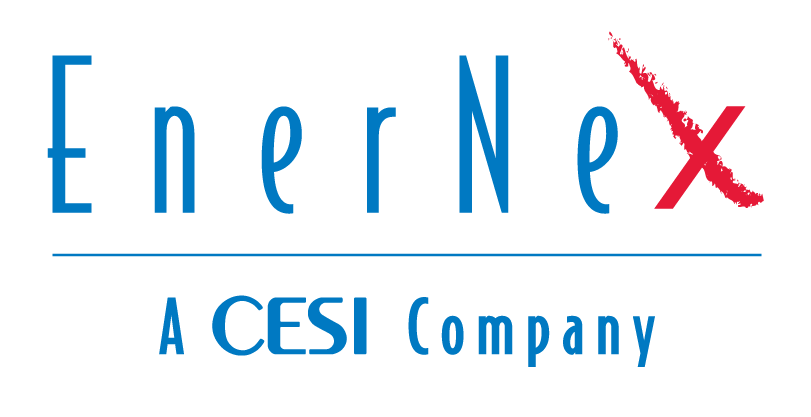EnerNex Awarded USTDA-Funded Smart Grid Study to
Improve the Côte d’Ivoire Grid
Knoxville, Tenn., USA, June 18, 2019 —EnerNex, a CESI company, today announced it has been awarded a U.S. Trade and Development Agency (USTDA)-funded Smart Grid Study project to support Côte d’Ivoire Énergies (CI-ENERGIES) in improvements to the Côte d’Ivoire grid.
The Smart Grid Study will benchmark global best practices for reducing electricity losses globally, analyze the losses in the Ivorian electricity system, and develop a full “Loss Reduction Strategy” and implementation plan, while considering the objectives of energy growth and integration of renewable energies into the Cote d’Ivoire’s energy mix. CI-ENERGIES have engaged EnerNex’s technical assistance on the best solutions to reduce losses in the power system of Côte d’Ivoire in support of the technical and commercial performance of the Ivoirian electricity sector.
Côte d’Ivoire is the leader of the West African Economic and Monetary Union (WAEMU) zone. Its ambition is to become an emerging country by 2020, thanks to a strong economic growth and the development of all sectors of the economy. The goal is to improve, ultimately, the standard of living by adopting measures and reforms to accelerate people’s access to basic goods and services.
“We commend CI-ENERGIES for their solid operational and technical advancements among the different segments of the Ivorian electricity system which will enable overall efficiency to be higher than 87 percent by 2020,” said Aaron Snyder, EnerNex Director of Grid Technology Consulting. “We thank USTDA and CI-ENERGIES for giving us the opportunity to build upon and learn from the Ivorian experts and we look forward to strengthening the grid to achieve the goal of this study.”
This award follows the USTDA announcement in July 2018 of its re-opening in Côte d’Ivoire to support Ivoirian economy and infrastructure development, including the grant to the Ministry of Economy and Finance and Ministry of Energy through Côte d’Ivoire Energies to:
“create a ‘Loss Reduction Strategy,’ which will reduce transmission and distribution losses and integrate smart technologies into the Ivoirian electricity system. Doing so will increase the reliability and efficiency of Côte d’Ivoire’s energy network and provide opportunities for U.S. companies to participate in the sector.”
“USTDA is committed to infrastructure investments that will drive the growth of the Ivoirian economy,” said Thomas R. Hardy, USTDA’s Acting Director. “Our Agency’s study will help modernize the country’s grid by utilizing American engineering expertise and create new opportunities for U.S. smart grid firms to enter this dynamic market.”
“CI-ENERGIES thanks the US Government through USTDA for its commitment to support the electricity sector and to make the Ivorian power system more efficient by reducing losses,” said Mr. Amidou Traoré, Director General of CI-ENERGIES. “This study conducted by EnerNex is part of the strategy of the electricity sector which aims to modernize its network by integrating smart grid functionalities.”
About EnerNex
EnerNex, a CESI company, is a leader in providing engineering, consulting, and research services to the electric power industry worldwide. Founded in 2003, the company is focused on helping our clients understand, adopt and leverage new and emerging electric power technologies to advance a cleaner, smarter energy system of the future.
To learn more about CESI, a world-leading innovation, technical consulting and engineering company for the electric power sector, visit: www.cesi.it.
For more information on EnerNex:
- Visit us on the web: https://www.enernex.com.
- Subscribe to our podcast: The Energy Exchange.
- Read our blog.
- Follow us on Twitter @EnerNex.
- Connect with us on LinkedIn.
# # # #
Media Contact
Carrie Owens, Director of Marketing and Communications
+1 865-770-4854

